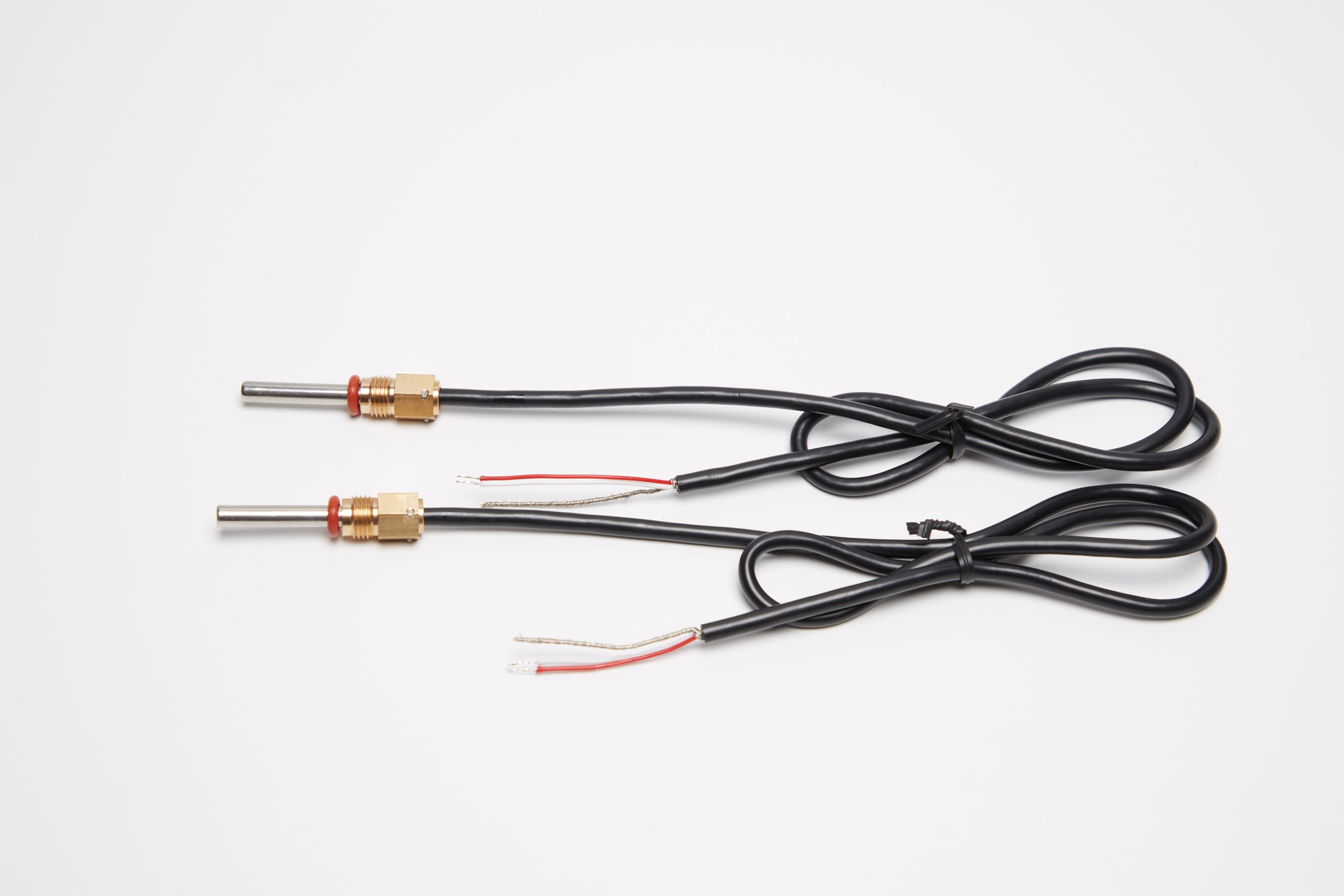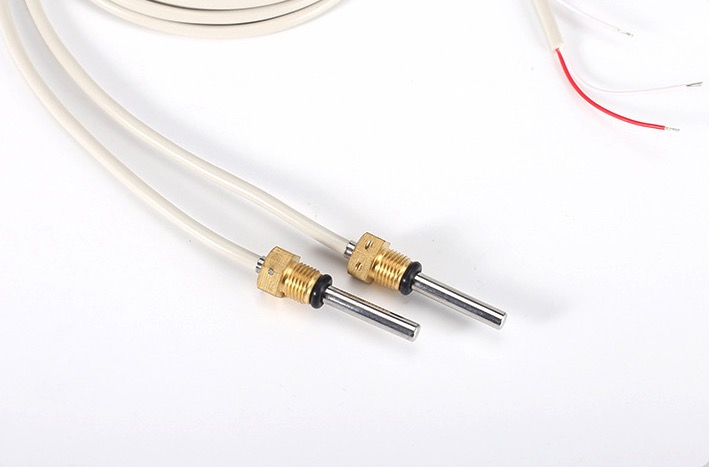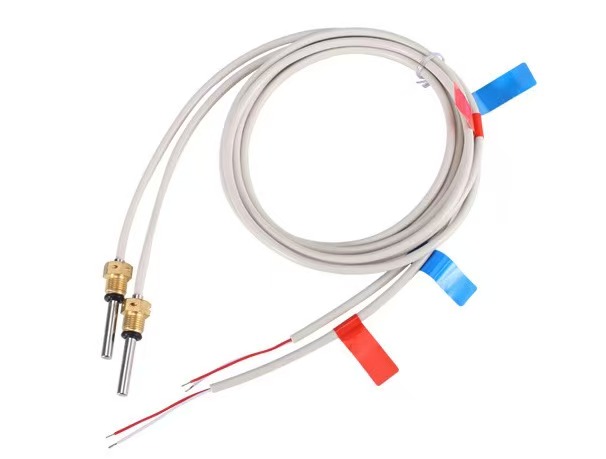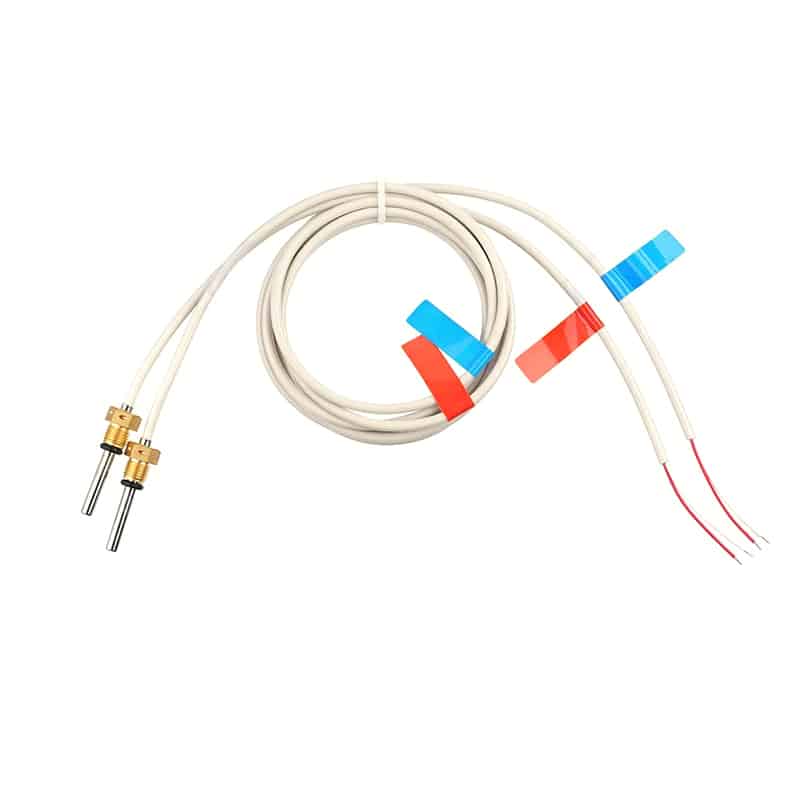Remote Temp Sensor: Monitoring Temperature from Anywhere
Introduction:
In today’s digital era, the ability to monitor temperature remotely has become essential for various industries and applications. Whether you’re in charge of a scientific laboratory, a food storage facility, or simply want to keep an eye on your home’s climate, having a reliable remote temperature sensor is crucial. In this article, we will explore the benefits and functionalities of remote temp sensors while discussing how they contribute to better temperature monitoring and control.
Table of Contents:
1. What is a Remote Temp Sensor?
2. Importance of Remote Temperature Monitoring
3. How Remote Temp Sensors Work
4. Key Features and Advantages
5. Choosing the Right Remote Temp Sensor for Your Needs
6. Conclusion
1. What is a Remote Temp Sensor?
A remote temperature sensor is a device that allows you to monitor and track temperature readings from a distance. It utilizes advanced technology to wirelessly transmit data to a central hub or a mobile application, providing real-time temperature updates and alerts. This enables users to stay informed about temperature changes without physically being in the vicinity.
2. Importance of Remote Temperature Monitoring
Accurate temperature monitoring is critical in various industries, including healthcare, manufacturing, and agriculture. By utilizing remote temp sensors, businesses can ensure optimal conditions for their products, preventing spoilage, damage, or loss. Moreover, remote temperature monitoring enhances safety measures and compliance with industry regulations.
3. How Remote Temp Sensors Work
Most remote temperature sensors operate using wireless protocols like Wi-Fi, Bluetooth, or Zigbee. These sensors are equipped with a built-in thermometer or a thermocouple, which measures the ambient temperature. The collected data is then transmitted to a central receiver or a cloud-based platform. Users can access this information through a web-based dashboard or a dedicated mobile application.
4. Key Features and Advantages
– Real-time Monitoring: Remote temp sensors provide instant temperature updates, allowing users to respond promptly to any deviations.
– Alerts and Notifications: Users can set up customized alerts for temperature thresholds. They receive notifications via email, SMS, or push notifications in case of any temperature fluctuations.
– Historical Data Analysis: Remote temp sensors typically store historical temperature data, enabling users to analyze trends, identify patterns, and make informed decisions.
– Multiple Sensor Integration: Some systems support the integration of multiple sensors, making it possible to monitor temperature in different areas or rooms simultaneously.
– User-friendly Interface: Intuitive interfaces and user-friendly dashboards make it easy to navigate through temperature readings and settings.
5. Choosing the Right Remote Temp Sensor for Your Needs
When selecting a remote temp sensor, consider factors such as the required temperature range, accuracy, battery life, connectivity options, and compatibility with existing systems. Additionally, assess the scalability and expandability of the system, especially if you anticipate future growth or need to monitor multiple locations.
6. Conclusion
Remote temp sensors have revolutionized temperature monitoring by providing convenience, accuracy, and peace of mind. Whether it’s ensuring the safety of pharmaceutical products or keeping track of your home’s climate, these devices offer real-time insights and proactive controls. Embrace the power of remote temp sensors and take control of your temperature monitoring needs today.
Remember, effective temperature control is the key to maintaining product quality, meeting regulatory requirements, and minimizing risks. Invest in a reliable remote temp sensor, and you’ll gain the ability to monitor temperature from anywhere, anytime!

What Makes PT Sensors Manufacturer Solutions Stand Out in Heat Meter Applications
Introduction: PT sensors for heat meters offer ±0.1°C accuracy, customizable designs, automated quality control, and compliance with CJ 128-2007 and EN 1434 standards for reliable thermal measurement. In a




